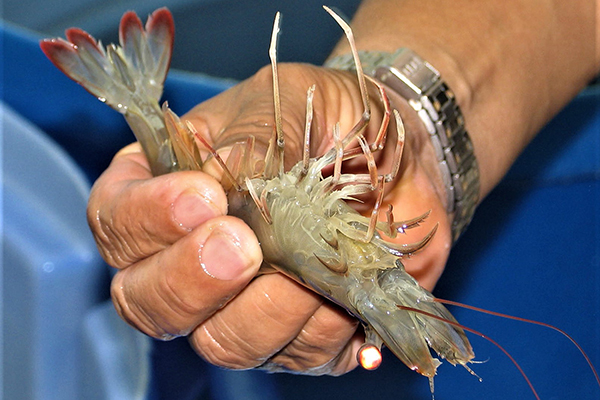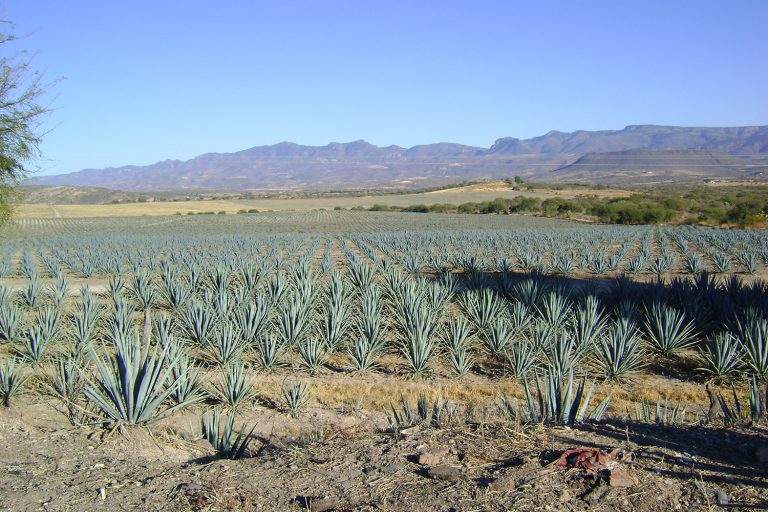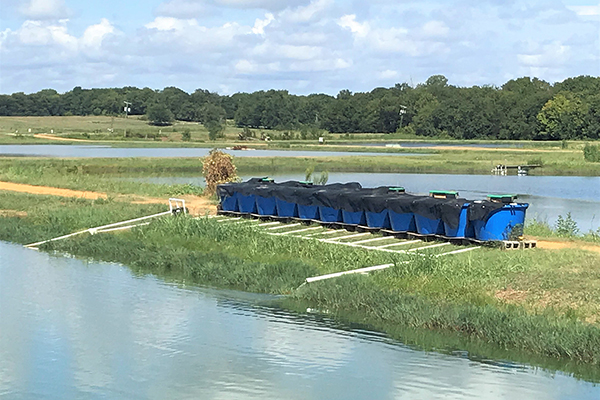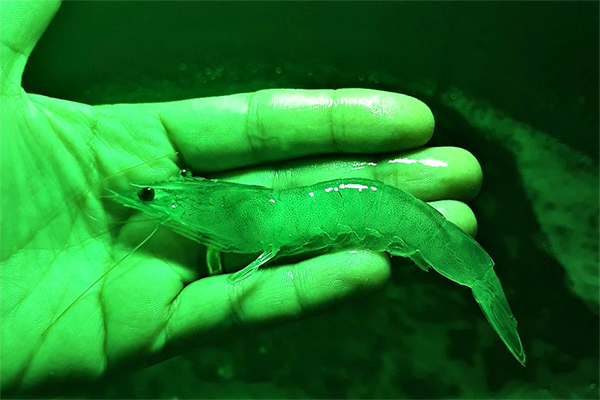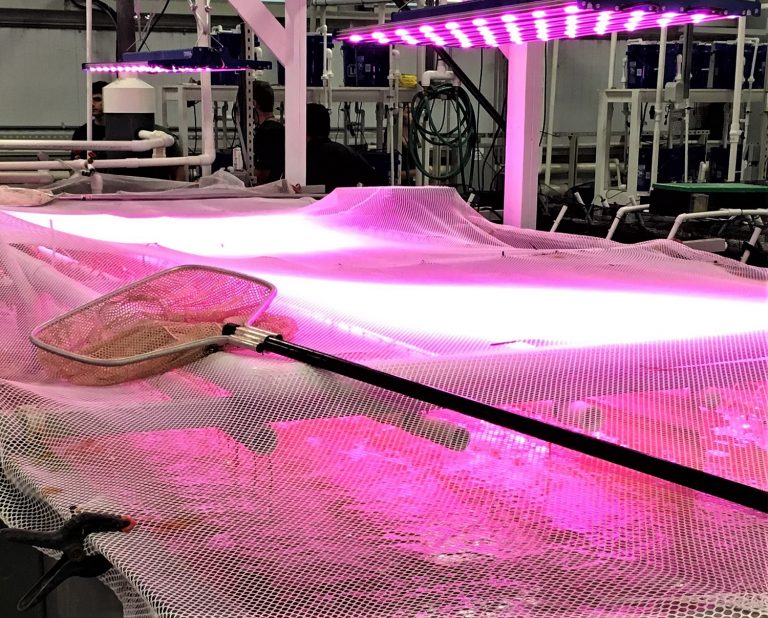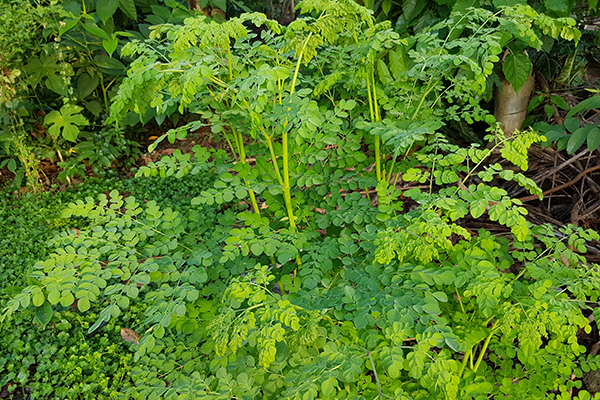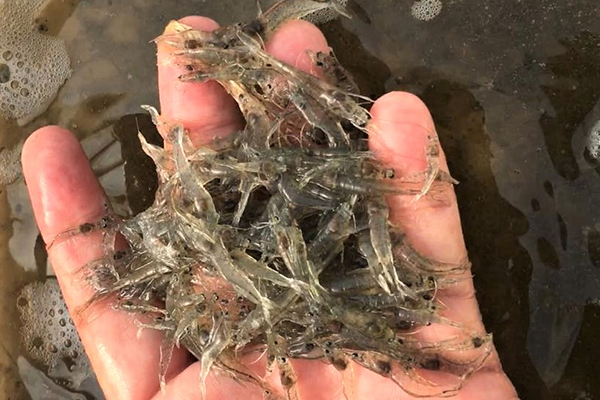
Innovation & Investment
World’s first fully integrated Pacific white shrimp genomic selection program established in Ecuador
The story behind the first wide-scale application of genomic selection at commercial scale for shrimp broodstock at Texcumar S.A.


